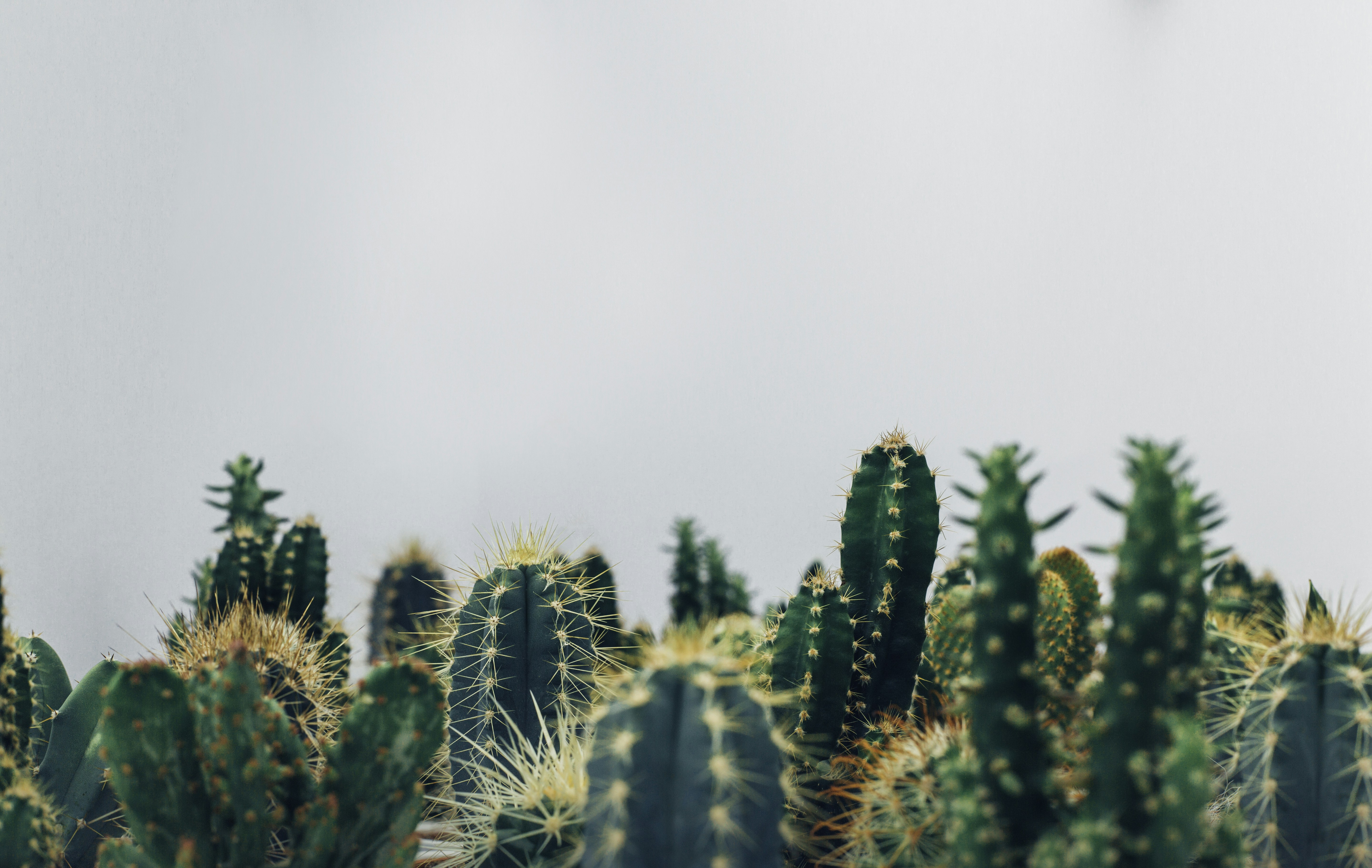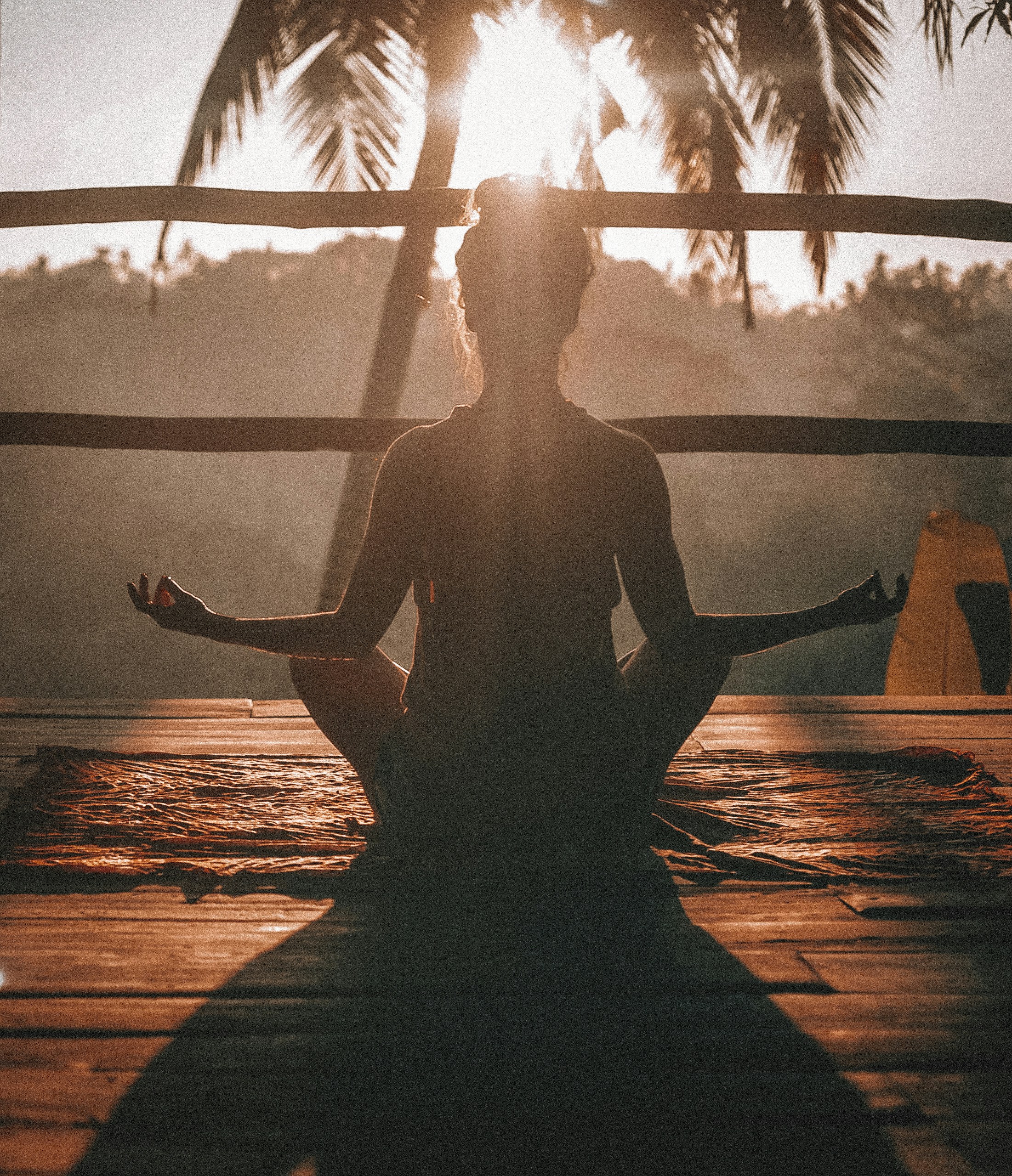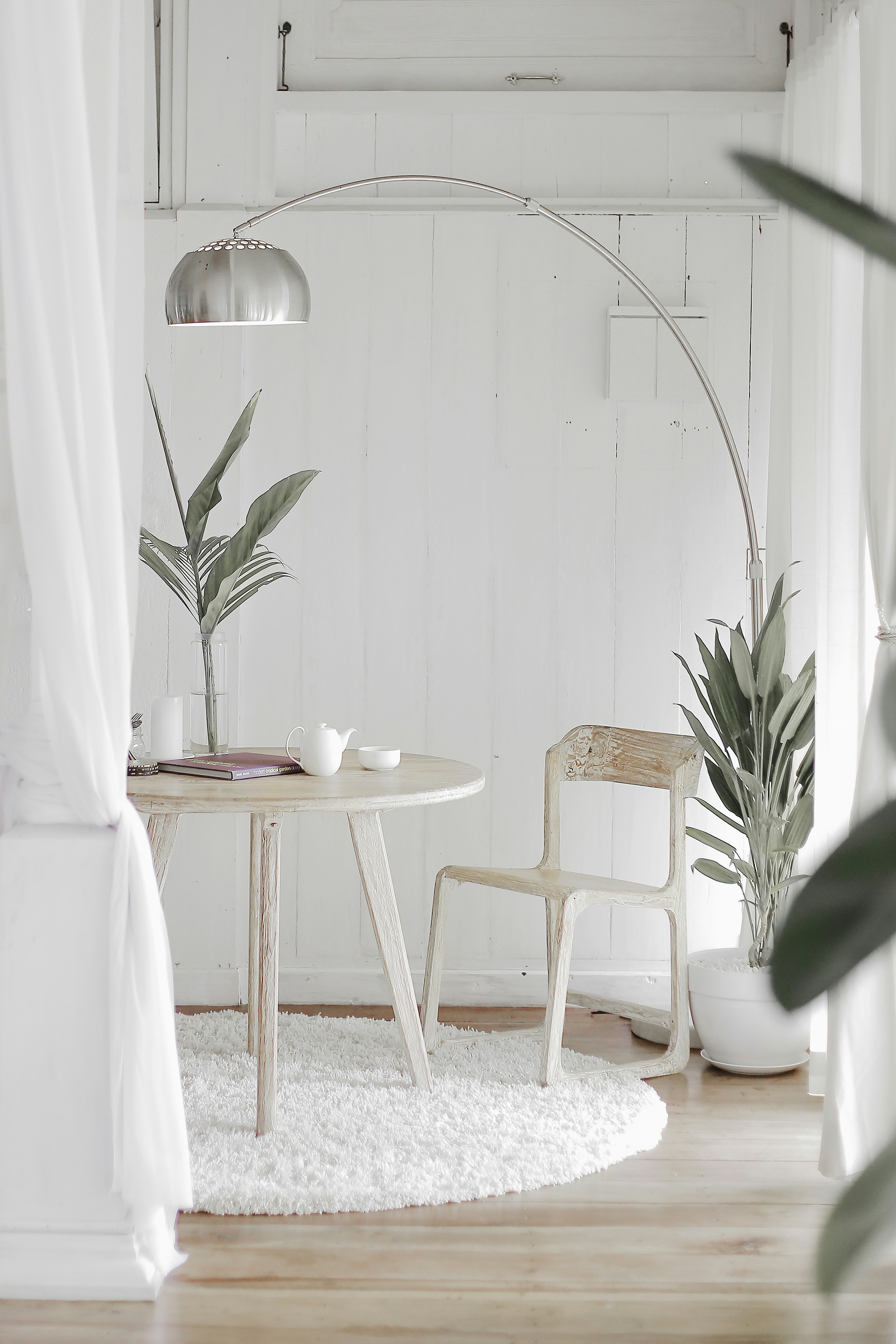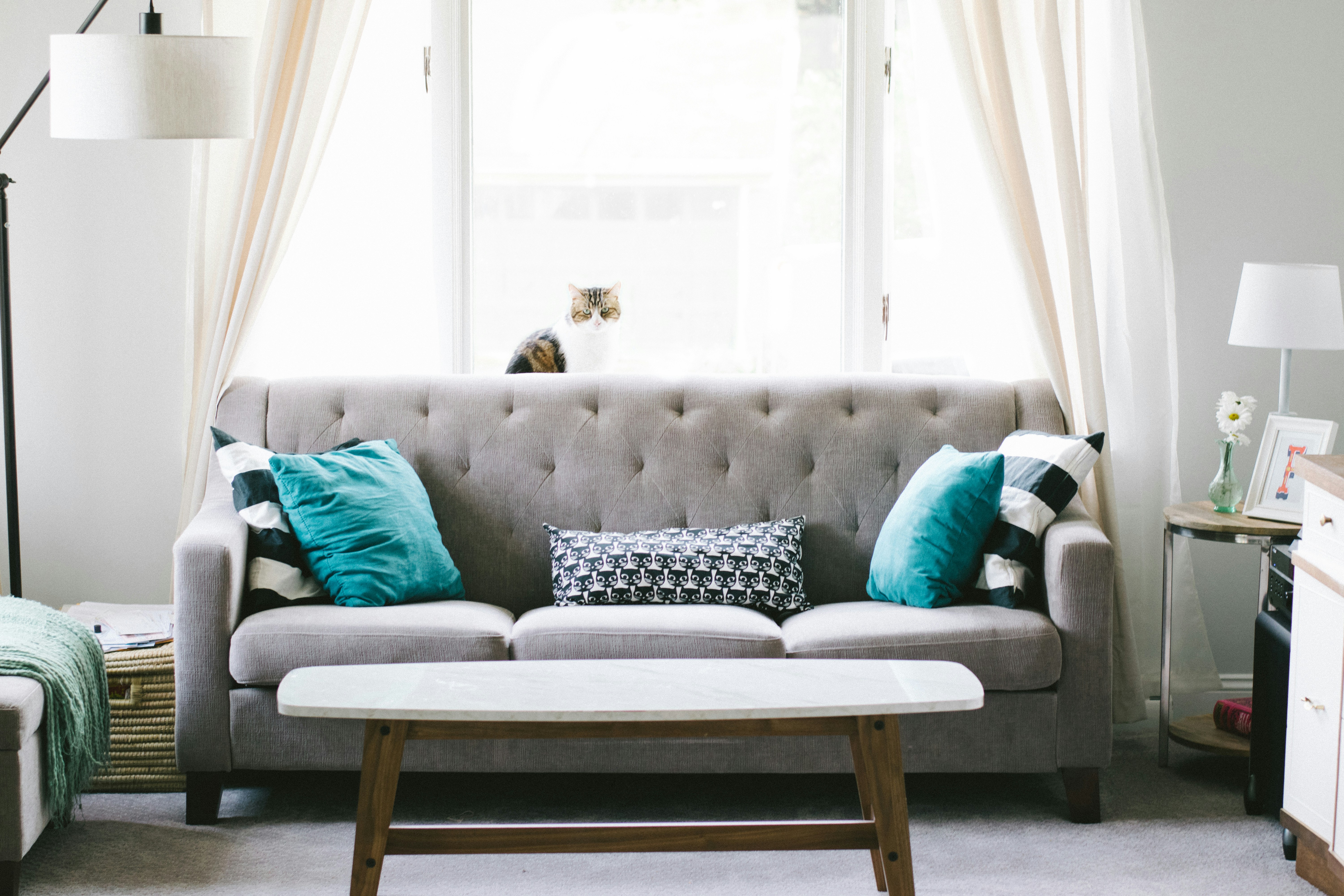Indoor Plant Care Guide: Helping Your Botanical Companions Thrive
Malik Mohsin Saleem Khan
December 18, 2023 · 14 min read

Introduction
Indoor plants have transcended their role as mere decorative elements to become essential components of modern living spaces. Beyond their aesthetic appeal, these living companions offer documented benefits for air quality, mental wellbeing, and connection to nature in increasingly urban lifestyles. The surge in plant ownership—particularly among younger generations—reflects a growing recognition of these multifaceted benefits alongside the satisfaction of nurturing living things.
This comprehensive guide explores the art and science of indoor plant care, moving beyond basic watering advice to address the nuanced needs of different plant varieties and the common challenges that discourage new plant enthusiasts. Whether you're a complete beginner intimidated by past plant failures, an intermediate grower looking to expand your collection, or simply seeking to better understand the specific needs of your botanical companions, discover practical, evidence-based approaches to creating an environment where your indoor plants don't merely survive but genuinely thrive.
Understanding Indoor Plants: Benefits and Fundamentals
Indoor plants have accompanied human habitation for centuries, from ancient courtyard gardens to Victorian parlor ferns to contemporary urban jungles. Understanding both their benefits and basic needs provides essential context for successful cultivation.
The documented benefits of indoor plants extend across multiple dimensions of wellbeing. Air quality improvements occur through several mechanisms: plants absorb carbon dioxide and release oxygen through photosynthesis; certain species effectively filter common indoor air pollutants like formaldehyde and benzene; and plant transpiration increases humidity, reducing airborne dust and respiratory irritants. While individual plants make modest contributions, collections of plants can measurably improve indoor air quality, particularly in sealed environments with limited ventilation.
Psychological benefits of indoor plants have been extensively studied, with research demonstrating significant positive effects. Attention restoration occurs through what researchers call "effortless attention"—the gentle focus required for plant observation and care provides mental rest from the directed attention demanded by work and technology. Stress reduction has been measured through decreased cortisol levels and blood pressure in plant-filled environments compared to identical spaces without plants. Mood enhancement and increased creativity have been documented in workplace studies, with employees in plant-enriched environments reporting higher job satisfaction and demonstrating greater problem-solving capacity. These benefits appear to stem from both evolutionary biophilia (innate human affinity for natural elements) and the mindfulness naturally encouraged by plant care.
The fundamental needs of indoor plants derive from their evolutionary adaptations to specific natural habitats, with successful indoor cultivation requiring approximation of these conditions within domestic environments. Light requirements reflect plants' native growing locations, from forest understory species adapted to filtered light to desert dwellers requiring intense direct sun. Water needs similarly vary based on native habitat moisture levels, from drought-adapted succulents to humidity-loving tropical species. Temperature tolerance ranges reflect geographic origins, with tropical plants generally preferring stability between 65-85°F (18-29°C) and suffering damage below 50°F (10°C). Soil composition preferences evolved alongside root systems, with some plants requiring excellent drainage while others thrive in moisture-retentive media.
Understanding these fundamental needs within the context of typical indoor environments highlights the central challenge of indoor plant care: most homes and offices were designed for human comfort rather than plant cultivation. Limited natural light, low humidity from heating and cooling systems, and restricted space for root development create conditions quite different from plants' native habitats. Successful indoor gardening therefore involves either selecting plants naturally adapted to these conditions or modifying environments to better accommodate plant needs—ideally a thoughtful combination of both approaches.
Light: The Foundation of Indoor Plant Success
Light represents the most critical and frequently misunderstood factor in indoor plant care. As the energy source powering photosynthesis, appropriate light directly determines whether plants merely survive or actively thrive in indoor settings.
Understanding light intensity requirements helps match plants to available conditions while preventing the common mistake of placing light-loving plants in dim locations. In their natural habitats, even "low light" plants typically receive more illumination than most indoor locations, particularly those away from windows. Light intensity diminishes dramatically with distance from windows—a plant placed just three feet from a window typically receives less than 50% of the light available at the windowsill. This exponential decrease explains why plants often struggle when placed in "decorative" locations without consideration of light requirements.
"The single most important factor in keeping houseplants healthy is providing appropriate light. More indoor plants die from insufficient light than from any other cause." — Dr. D.G. Hessayon, author of "The House Plant Expert"
Practical light assessment involves understanding both intensity and duration. Simple observation provides basic guidance: south-facing windows (in the Northern Hemisphere) receive the most intense direct light; east and west windows offer moderate direct light for portion of the day; and north windows provide consistent indirect light. Distance from windows matters significantly—"bright indirect light" typically means near a window but not in direct sun rays, not across the room from a window. Duration considerations include seasonal variations in day length and sun angle, which can transform a perfect summer location into an insufficient winter position. For more precise assessment, inexpensive light meters or smartphone apps can measure actual foot-candles or lux reaching your plants.
Common light-related problems manifest in specific symptoms that provide valuable diagnostic information. Insufficient light typically causes elongated, spindly growth as plants stretch toward light sources; reduced leaf size compared to healthy specimens; slower or halted growth; failure to flower in blooming species; and lower leaves yellowing and dropping while upper growth appears pale. Excessive light creates different symptoms: scorched or bleached patches on leaves; curling or crisping leaf edges; and unusually compact, sometimes stunted growth. These distinct symptom patterns help distinguish light issues from other problems with similar appearances.
Supplemental lighting has become increasingly accessible through advances in LED technology, offering solutions for spaces with insufficient natural light. Key considerations for effective supplemental lighting include spectrum (full-spectrum lights supporting all growth phases versus specific spectrum lights for particular purposes); intensity (measured in PAR or photosynthetically active radiation rather than lumens, which measure brightness to human eyes); and duration (typically 12-16 hours for most houseplants). Practical implementation ranges from decorative grow light bulbs in standard fixtures to dedicated plant light setups, with costs and effectiveness varying accordingly. Even modest supplemental lighting can significantly improve plant health in challenging locations.
Watering Wisdom: Beyond Schedules to Plant Needs
Watering represents the most frequent plant care task and the source of most common problems. Moving beyond rigid schedules to need-based approaches prevents both the overwatering that causes root rot and the underwatering that leads to dehydration stress.
Understanding plant water needs requires recognizing the significant variations between species based on their native environments and adaptations. Desert-adapted succulents and cacti store water in specialized tissues and typically require complete soil drying between infrequent thorough waterings. Tropical understory plants from rainforest environments often prefer consistently moist (but not soggy) soil with higher humidity. Mediterranean-climate plants like rosemary and lavender typically prefer good drainage and moderate drying between waterings. These evolutionary adaptations explain why one-size-fits-all watering advice inevitably leads to problems for some portion of a diverse plant collection.
Effective watering techniques focus on thoroughness rather than frequency. The goal of proper watering is reaching the entire root ball, not merely dampening the surface soil. For most plants, this means watering until excess flows from drainage holes, then allowing appropriate drying based on the specific plant's needs before watering again. This approach encourages healthy root development throughout the pot rather than surface-level roots seeking shallow moisture. The common practice of providing small sips of water frequently typically leads to weak surface root systems and increased vulnerability to both drought and overwatering.
- Bottom watering: Placing pots in water-filled saucers until moisture reaches the soil surface, ensuring complete root ball hydration while preventing crown rot in sensitive species
- Shower method: Periodically placing plants in showers or sinks for thorough watering and leaf cleaning, particularly beneficial for dust removal and humidity-loving species
- Self-watering systems: Utilizing wicking mechanisms, water reservoirs, or semi-permeable clay devices that provide consistent moisture for appropriate species
Determining when to water requires observation rather than calendar adherence. The most reliable approach combines multiple assessment methods: testing soil moisture with a finger inserted 1-2 inches deep (beyond potentially misleading surface dryness); recognizing visual and tactile changes as soil transitions from wet to dry; observing plant indicators like slight leaf drooping in moisture-sensitive species; and considering environmental factors affecting water use including temperature, humidity, light intensity, and seasonal growth patterns. These observation-based approaches prevent the common problem of watering on a fixed schedule regardless of plant needs and environmental conditions.
Common watering-related problems present distinctive symptoms that help diagnose issues before plants suffer irreversible damage. Overwatering typically causes yellowing leaves throughout the plant (versus lower leaf yellowing from age); soft, mushy stems near the soil; fungus gnats in the soil surface; moldy soil; and eventually root rot with its characteristic smell. Underwatering creates different symptoms: crispy brown leaf edges or tips; curling leaves; slowed growth; and in severe cases, leaf drop and shriveling. Understanding these different symptom patterns helps distinguish water issues from nutrient deficiencies or pest problems that may appear superficially similar.
Soil and Nutrition: Creating the Foundation for Plant Health
Indoor plant soil serves multiple critical functions beyond merely holding plants upright. Understanding soil composition, appropriate mixtures for different plants, and nutritional needs creates the foundation for long-term plant health.
The functions of potting media extend far beyond simple plant anchoring to include: providing appropriate aeration and oxygen to roots; retaining sufficient moisture while allowing excess water drainage; supplying nutrients through both incorporated fertilizers and microbial activity; offering appropriate pH for nutrient availability; and providing physical support as plants grow. These multiple functions explain why quality potting media contains diverse ingredients rather than simply using garden soil, which typically compacts in containers and lacks appropriate drainage properties.
Common potting media components serve specific functions in creating appropriate growing environments. Peat moss or coco coir provides water retention and structure; perlite, pumice, or coarse sand creates essential air pockets for root respiration; bark or wood chips offer structural stability and slow-release nutrients as they break down; vermiculite increases both water and nutrient retention; and compost or worm castings provide organic matter and beneficial microorganisms. The proportions of these components vary significantly between formulations designed for different plant categories—succulent mixes emphasize drainage with higher percentages of coarse materials, while tropical plant mixes contain more water-retentive ingredients.
Plant nutrition in containers differs significantly from garden settings due to the limited soil volume and lack of natural nutrient cycling. Container plants rely entirely on provided nutrients, whether from initial fertilizer in potting media (typically lasting 2-3 months), supplemental fertilization, or occasional soil refreshment. Macronutrients required in larger quantities include nitrogen (supporting leaf and stem growth), phosphorus (essential for root development and flowering), and potassium (promoting overall vigor and disease resistance). Micronutrients needed in smaller amounts include iron, manganese, zinc, and others essential for specific plant functions. Deficiencies in these nutrients create recognizable symptoms including yellowing between leaf veins, stunted growth, or unusual coloration patterns that help diagnose specific nutritional issues.
Fertilization approaches should match plant needs, growth cycles, and environmental conditions rather than following rigid schedules. Most houseplants benefit from regular feeding during active growth periods (typically spring and summer) with reduced or eliminated fertilization during dormant periods. Gentle, frequent application of diluted fertilizer generally proves safer than infrequent full-strength doses, preventing both nutrient deficiencies and fertilizer burn from excess salts. Organic options like seaweed extracts, fish emulsion, or worm castings provide slower-release nutrition with beneficial microorganisms, while synthetic fertilizers offer precise nutrient ratios and immediate availability. The optimal approach often combines these methods, providing both immediate nutrition and longer-term soil health benefits.
Practical Plant Care: From Selection to Troubleshooting
Successful indoor gardening extends beyond understanding basic plant needs to implementing practical care routines and solving common problems. These strategies help transform plant care from a source of anxiety to an enjoyable, rewarding practice.
- Select appropriate plants for your specific conditions: Match plant choices to your environment rather than attempting to dramatically alter conditions:
- For low light areas: Cast iron plant (Aspidistra), ZZ plant (Zamioculcas), snake plant (Sansevieria), pothos (Epipremnum), and Chinese evergreen (Aglaonema)
- For dry air environments: Succulents, cacti, snake plant, ZZ plant, and jade plant (Crassula)
- For beginners: Pothos, spider plant (Chlorophytum), snake plant, ZZ plant, and heartleaf philodendron (Philodendron hederaceum)
- For air purification: Peace lily (Spathiphyllum), rubber plant (Ficus elastica), Boston fern (Nephrolepis), and spider plant
- Establish effective care routines: Create sustainable practices that fit your lifestyle:
- Develop observation habits, regularly checking plants for moisture needs and early problem signs
- Group plants with similar requirements to streamline care and create appropriate microenvironments
- Use reminders for less frequent tasks like fertilizing, repotting, or seasonal care adjustments
- Implement simple record-keeping for special requirements or tracking problem resolution
- Address humidity needs appropriately: Create microenvironments for humidity-loving plants:
- Group plants together to create naturally higher humidity through collective transpiration
- Use humidity trays (water-filled trays with pebbles supporting pots above the water level)
- Consider room humidifiers during heating seasons when indoor air becomes especially dry
- Place high-humidity plants in naturally moister areas like bathrooms or kitchens when appropriate
- Implement proper repotting practices: Maintain appropriate root environments:
- Repot only when necessary—when plants become root-bound or soil has broken down
- Choose containers 1-2 inches larger than current pots to prevent overwatering in excess soil
- Ensure adequate drainage holes and appropriate potting media for specific plant types
- Time repotting for active growth periods (typically spring) rather than dormant seasons
- Recognize and address common problems: Develop basic diagnostic skills:
- Pest identification and treatment, focusing on early intervention for common issues like spider mites, mealybugs, and scale
- Disease recognition, particularly fungal issues related to overwatering or poor air circulation
- Environmental stress symptoms from improper light, temperature extremes, or humidity issues
- Nutritional problems including both deficiencies and fertilizer burn from excess application
Seasonal care adjustments accommodate natural growth cycles and changing environmental conditions. Most houseplants experience reduced growth during winter months due to lower light levels and shorter days, requiring corresponding reductions in watering and fertilization to prevent root problems and nutrient buildup. Heating systems typically reduce humidity during winter, necessitating additional humidity measures for sensitive species. Conversely, summer's increased light and longer days support active growth requiring more frequent watering, regular fertilization, and occasional pruning to maintain desired form. These seasonal adjustments align care practices with plants' natural rhythms rather than maintaining identical routines year-round.
Propagation offers both practical benefits and significant satisfaction for indoor gardeners. Simple methods accessible to beginners include stem cuttings in water or soil for vining plants like pothos and philodendron; division of naturally clustering plants like peace lilies and snake plants; leaf propagation for succulents and some specialized species; and offset separation for plants that produce "pups" like aloe and spider plants. Beyond expanding your collection economically, propagation provides meaningful connection to plant life cycles, opportunities to share plants with others, and insurance against potential loss of prized specimens. The visible progress of new plants developing from simple cuttings offers particular satisfaction for new plant enthusiasts.
Evolving Approaches to Indoor Plant Care
Indoor gardening continues evolving through technological innovations, scientific research, and cultural shifts. Understanding these developments provides context for contemporary plant care while suggesting future directions.
Smart technology increasingly intersects with plant care through various applications and devices. Moisture sensors provide real-time soil condition monitoring, helping prevent both overwatering and underwatering through objective measurements rather than subjective assessment. Automated watering systems range from simple self-watering pots to sophisticated programmable irrigation that adjusts based on actual soil conditions rather than rigid schedules. Light measurement and supplementation technologies include sensors that track actual light levels throughout the day and adjustable grow lights that modify intensity and spectrum based on plant needs. While these technologies offer significant benefits, particularly for those with large collections or frequent travel, they complement rather than replace the observational skills and plant knowledge that form the foundation of successful care.
Sustainability considerations increasingly influence indoor gardening practices as environmental awareness grows. Peat-free potting media addresses concerns about peat harvesting from sensitive bog ecosystems, with coconut coir, composted bark, and other renewable materials providing alternatives with similar properties. Water conservation approaches include moisture-retentive amendments, water recycling systems, and more precise application methods that reduce waste. Integrated pest management emphasizes prevention and biological controls over chemical interventions, reducing environmental impact while often providing more effective long-term solutions. These sustainable practices align plant care with broader environmental values while often improving plant health through more holistic approaches.
Biophilic design integration represents the evolution of indoor plants from isolated decorative elements to essential components of living and working environments. This approach incorporates plants as integral elements of interior architecture through living walls, built-in planters, room dividers, and other structural implementations that maximize both aesthetic and functional benefits. Research demonstrating measurable productivity, wellbeing, and satisfaction improvements in plant-rich environments has accelerated this trend, particularly in commercial and institutional settings. The growing recognition of plants as essential elements of healthy indoor environments rather than optional decorative additions suggests continued expansion of indoor gardening beyond hobbyist circles to mainstream design practice.
Conclusion
Successful indoor plant care ultimately combines scientific understanding with observational skills and consistent practice. By recognizing the specific needs of different plant species and creating appropriate conditions within the constraints of indoor environments, we can cultivate thriving indoor gardens that provide both aesthetic pleasure and documented wellbeing benefits.
The most important shift for many plant enthusiasts involves moving from rigid rules and schedules to responsive care based on actual plant needs and environmental conditions. This observation-based approach—learning to "listen" to plants through their growth patterns, leaf positions, soil moisture, and other indicators—creates more resilient plants while deepening the connection between gardener and garden. Rather than following generic advice that inevitably fails for some portion of a diverse collection, this responsive approach addresses the specific requirements of individual plants in particular locations.
Perhaps most significantly, indoor gardening offers a unique combination of aesthetic enhancement, wellbeing benefits, and connection to natural cycles increasingly absent from modern life. The simple act of tending plants—observing new growth, addressing challenges, and witnessing seasonal changes—provides a form of mindfulness practice with tangible results. As our lives become increasingly digital and abstract, this tactile engagement with living things offers a grounding counterbalance with benefits extending far beyond the plants themselves. Whether you maintain a single treasured specimen or an extensive indoor jungle, the relationship between plant and caretaker represents a meaningful connection to the natural world that enhances both home and wellbeing.
Frequently Asked Questions
How do I know if I'm overwatering or underwatering my plants?
These common problems create distinctive symptoms that help distinguish between them. Overwatering typically causes yellowing leaves throughout the plant (often starting with lower leaves), soft or mushy stems near the soil line, fungus gnats in the soil, and a general appearance of decline despite consistently moist soil. Underwatering creates crispy brown leaf edges or tips, curling leaves, soil pulling away from the pot edges, and rapid improvement after thorough watering. When in doubt, check the root system—healthy roots appear firm and light-colored, while overwatered roots develop brown, mushy sections with a characteristic rot smell. For most plants, slight underwatering causes less permanent damage than overwatering.
What are the best low-maintenance indoor plants for beginners?
Several species combine attractive appearance with forgiving nature: ZZ plants (Zamioculcas zamiifolia) tolerate low light and irregular watering with glossy foliage; snake plants (Sansevieria) thrive despite neglect and purify air effectively; pothos (Epipremnum aureum) grow in various light conditions with clear wilting when thirsty; spider plants (Chlorophytum comosum) adapt to different environments while producing plantlets; and Chinese evergreens (Aglaonema) offer colorful foliage even in low light. These plants forgive inconsistent care while clearly communicating their needs, making them excellent learning plants. Start with one or two species rather than a large collection, allowing you to develop observation skills and confidence before expanding.
How do I get rid of pests on my houseplants without using harsh chemicals?
Effective natural pest management combines prevention with targeted interventions. Preventive measures include regular inspection of new plants before introducing them to your collection; maintaining appropriate growing conditions to support plant immunity; ensuring good air circulation; and periodic leaf cleaning to remove dust that attracts pests. For active infestations, try: insecticidal soap spray for soft-bodied pests like aphids and mealybugs; neem oil solution for multiple pest types including spider mites; isopropyl alcohol on cotton swabs for direct contact with mealybugs and scale; beneficial insects like ladybugs for appropriate situations; and quarantining affected plants to prevent spread. Consistency matters more than product strength—regular application of gentle methods typically proves more effective than occasional treatment with stronger chemicals.
Malik Mohsin Saleem Khan
Founder
Author bio information


